MEB aims to bring together knowledge from a diversity of knowledge holders on an equal platform, where power imbalances are recognised and diverse perspectives are valued and managed. The different colored strands represent different knowledge systems – such as indigenous or local knowledge from different territories or communities, scientific knowledge from different disciplines or traditions, practitioners’ knowledge. Each of them present complementary perspectives contributing to an enriched picture of a particular issue, illustrated at the center of the image.
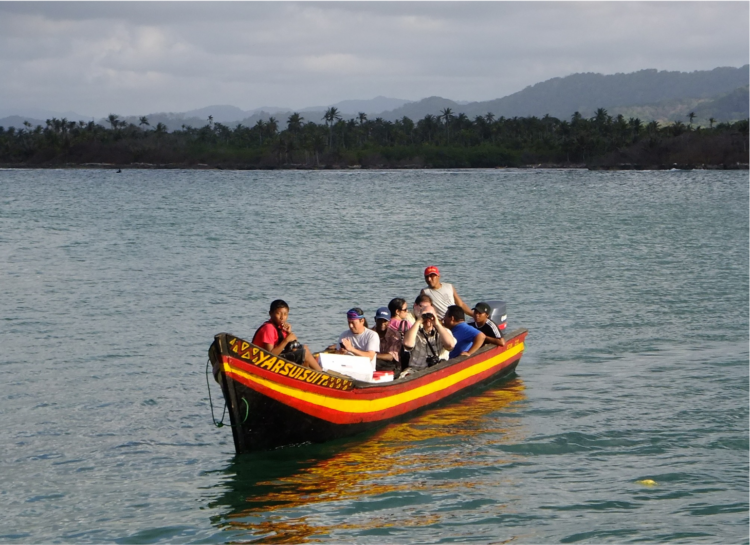
Thus, careful attention to the process, and how the actors and institutions (the three additional circles in the center) of respective knowledge systems are included and involved, is critical to ensure that each knowledge contribution is fair, legitimate, and mobilized in a way that strengthens the knowledge holder and the knowledge systems as such. The outcome would feed back into practice and decision making among actors involved.
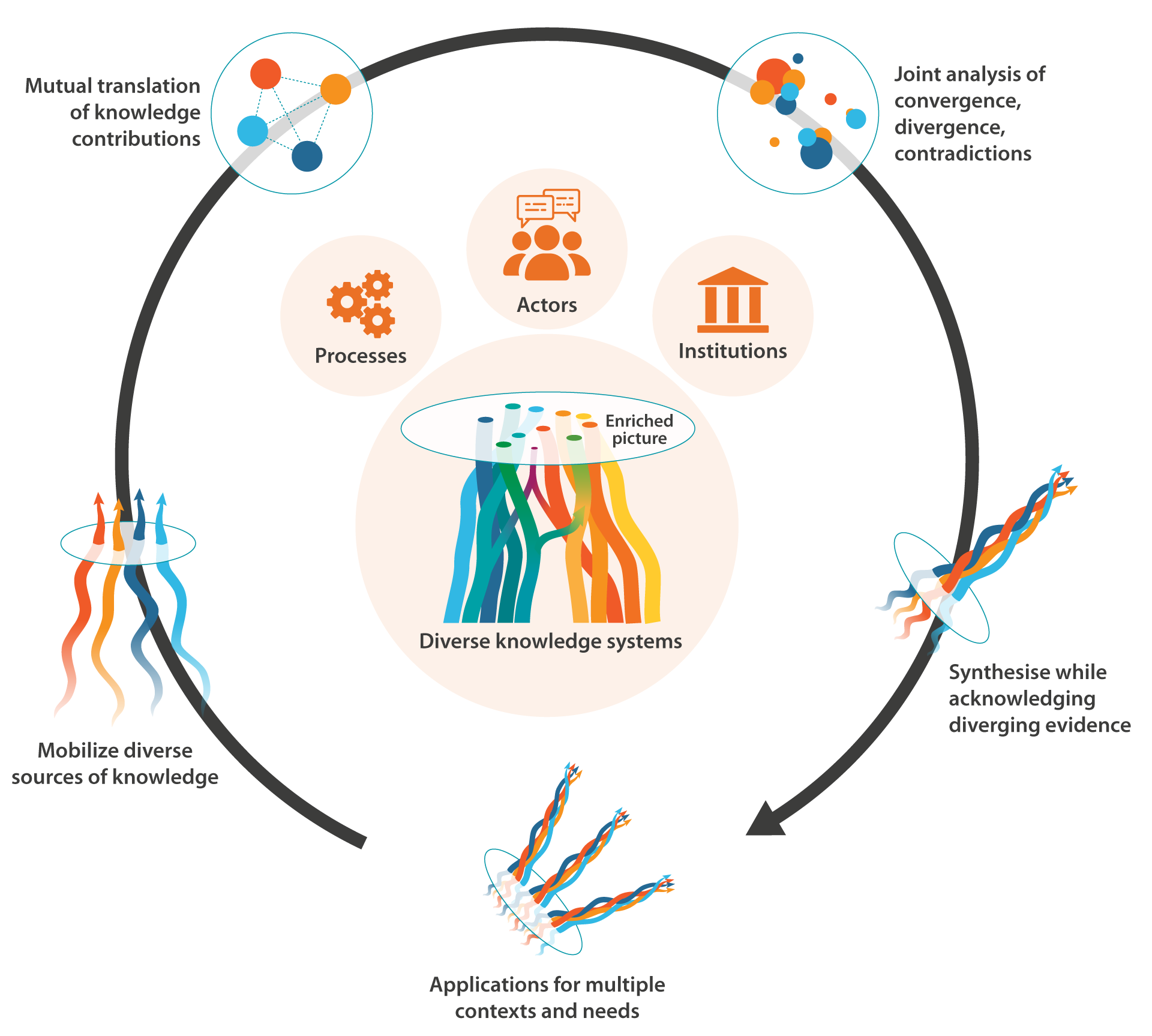
Emerging from our experiences in a number of local to global processes dealing with biodiversity and its policy, governance and management, we have identified five tasks which appear to be commonly present and critical for successful outcomes for weaving knowledge systems: mobilize, translate, negotiate/discuss, synthesize and apply.
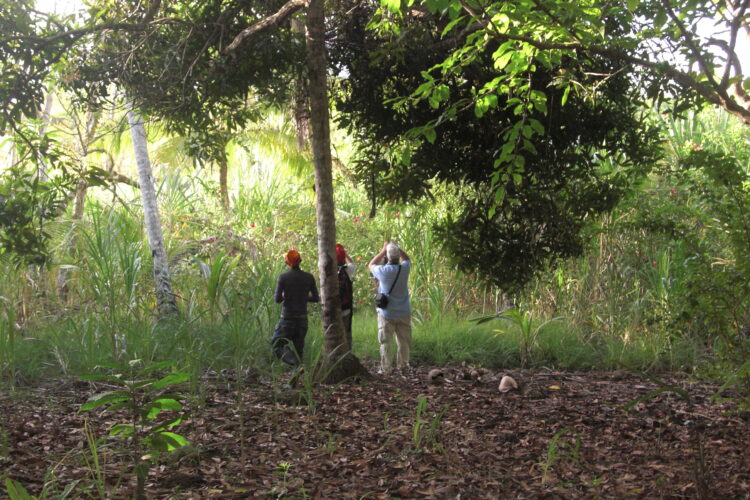
In the section Chronology of the MEB development and piloting, you find reference to a number of reports from partners piloting the development of the MEB approach. The approach has also been explained and elaborated in various scientific publications, by authors from the collaborative learning platform engaged in piloting and exploring the MEB. You will find some of the initial ones which established the MEB concept above in the sidebar.
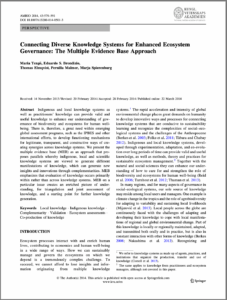 Tengö et al. 2014: Diverse Knowledge Systerse Knowledge Systems for Enhanced Ecosystem Governance: The Multiple Evidence Base Approach
Tengö et al. 2014: Diverse Knowledge Systerse Knowledge Systems for Enhanced Ecosystem Governance: The Multiple Evidence Base Approach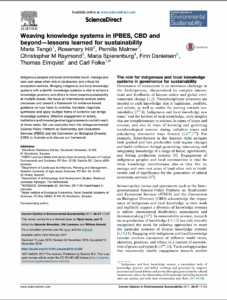 Tengö et al. 2017: Weaving knowledge systems in IPBES, CBD and beyond—lessons learned for sustainability
Tengö et al. 2017: Weaving knowledge systems in IPBES, CBD and beyond—lessons learned for sustainability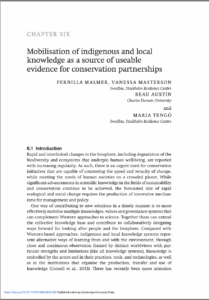 Malmer et al. 2020: Mobilisation of indigenous and local knowledge as a source of useable evidence for conservation partnerships
Malmer et al. 2020: Mobilisation of indigenous and local knowledge as a source of useable evidence for conservation partnerships